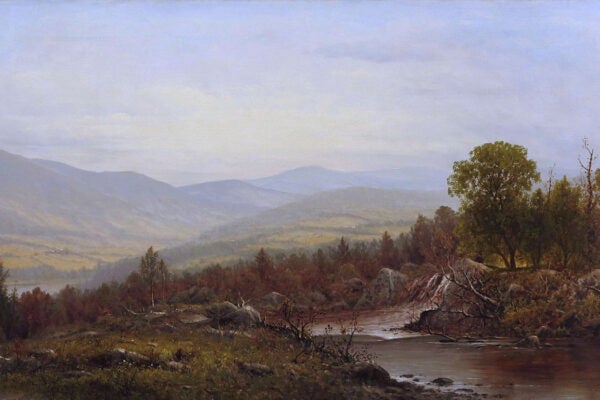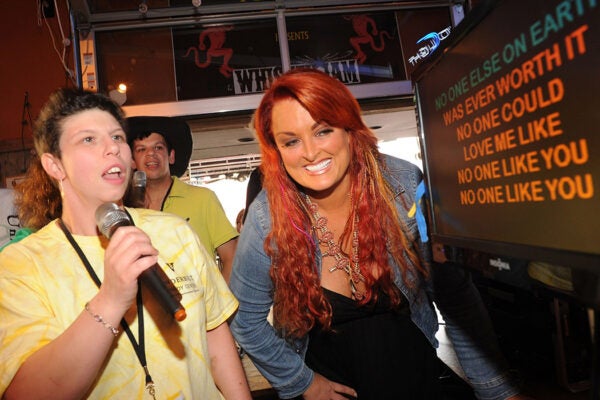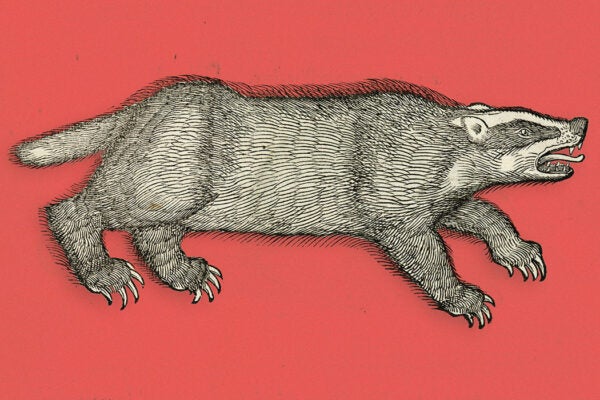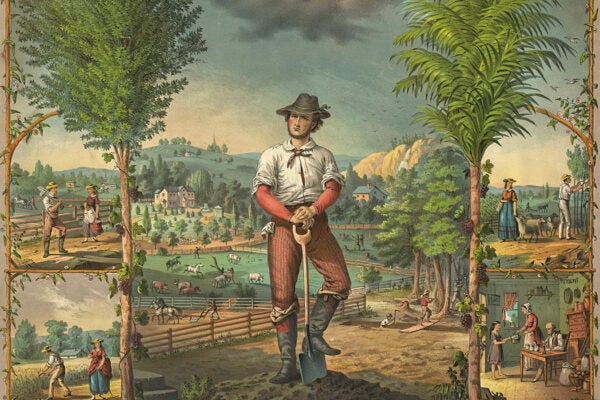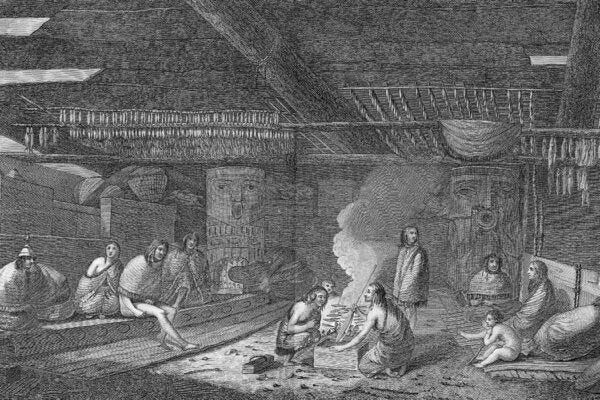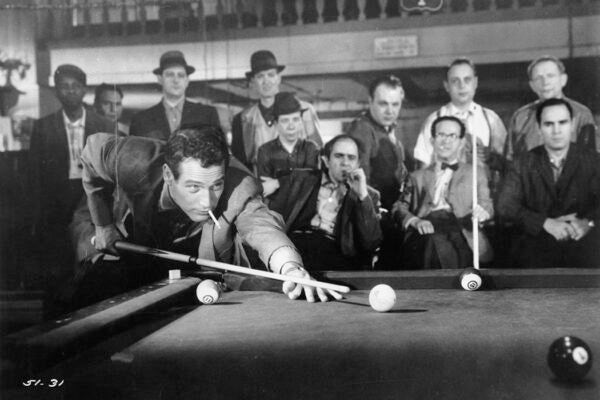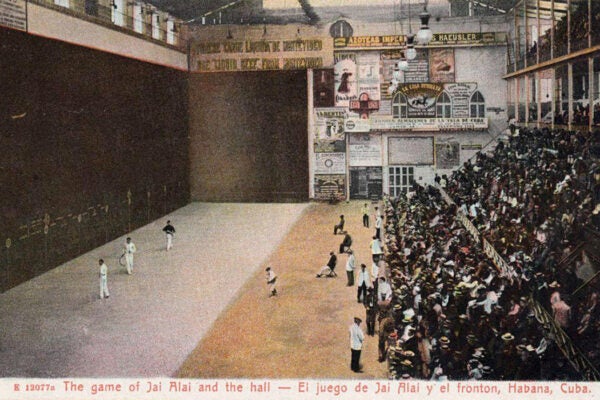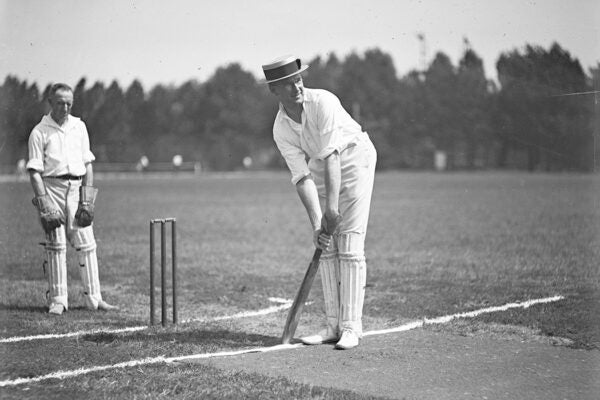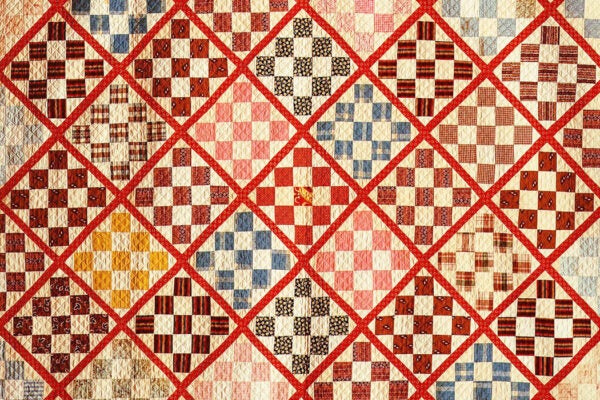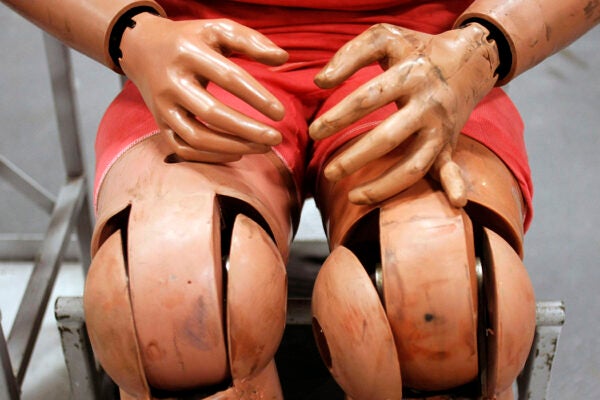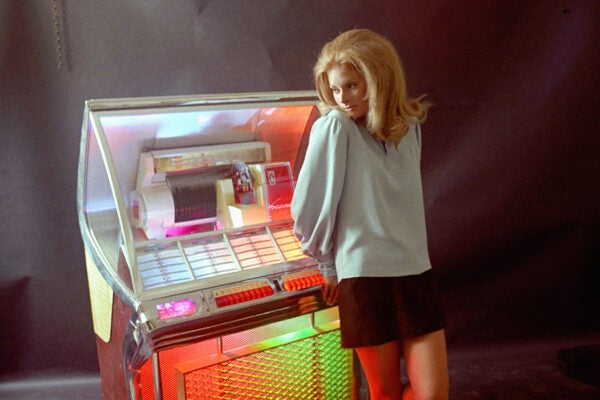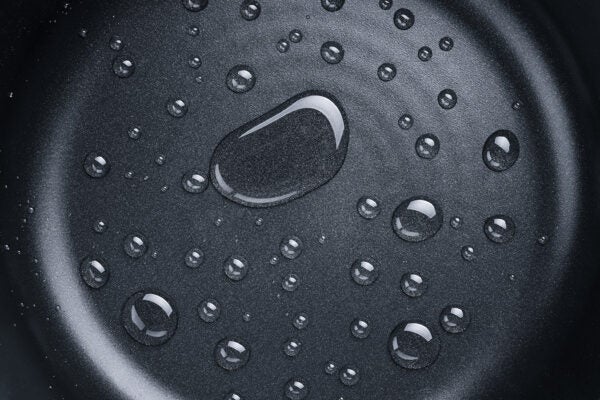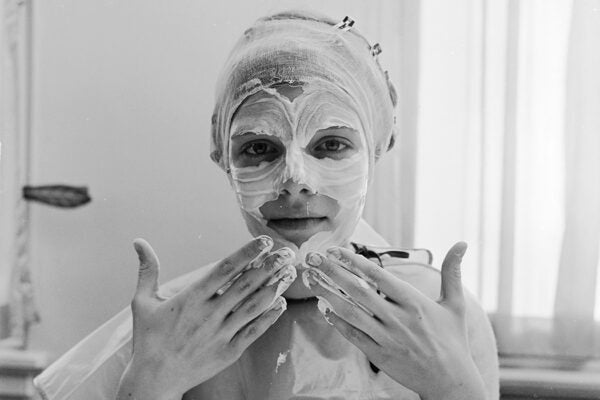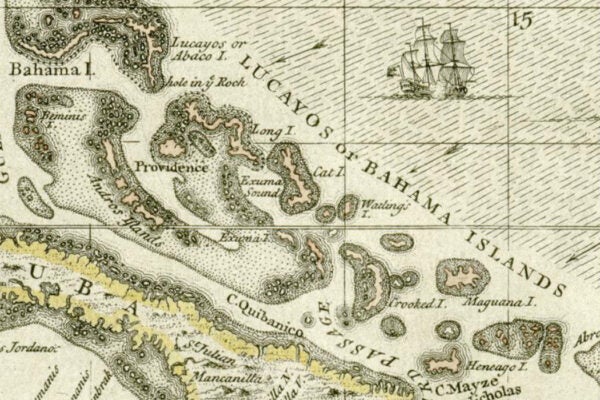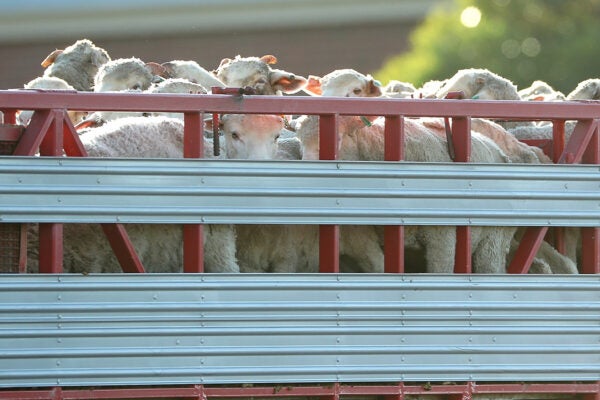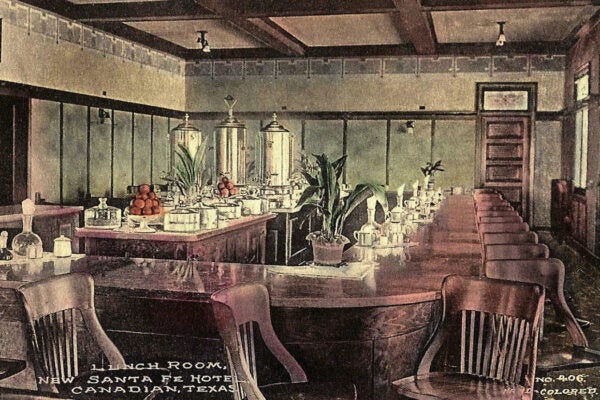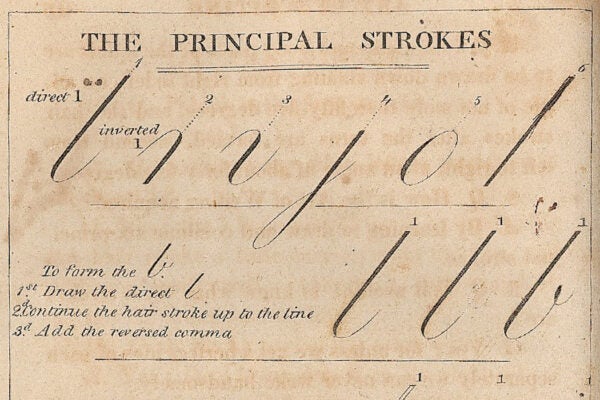Fashion’s Flaws
Environmental historian Adam Rome considers the destructive history of fashion and style.
The Mysterious Madame Montour
Montour presented herself as a cultural intermediary between Native Americans and whites in colonial America. But who was she?
Legionnaires’ Disease, an Illness of Affluence
Legionnaires’ is the first communicable disease of modern wealth, thriving in the interstitial spaces of our built environment.
Carry On, Karaoke
Karaoke became a global phenomenon after its invention in the 1970s, the wide embrace of it exemplifying transnational flows and hybridization.
Hooray, Hooray for Badger Day!!
Striped-faced, short-legged badgers appear in folklore and tall tales around the world.
Frederick Gowing, King of Poachers
The cultural construction of poaching meant Gowing’s trespasses were understood differently than other kinds of theft in an industrializing Britain.
The Gift of the Grange
Originally a secret society, the National Grange of the Order of Patrons of Husbandry today is an important health and education resource in rural communities.
The Naked Quakers
Today, the international feminist group FEMEN uses nudity as part of its protests. But appearing naked in public was also a tactic used by early dissenters.
Seeing Cannibals in the Enlightenment
The responses British and Spanish explorers had to the Nuu-chah-nulth (Nootka) people and their alleged cannibalism came down to imperialist goals.
Playing It Straight and Catching a Break
Cue games have had a lingering influence on our language and culture—even before the contributions of “Fast Eddie” Felson.
Hi, Jai Alai
Once popular across the United States, jai alai lives on in American sport culture mostly thanks to its history as a legal option for gambling.
Endangered: North American Cricket
Cricket was played and cheered in the United States and Canada in the nineteenth century. Why did it fall out of favor with sports fans?
Who Patented Patent Leather?
This history of patent leather is as murky as its finish is glossy.
From Folkway to Art: The Transformation of Quilts
In the late twentieth century, the image of the American quilt shifted from one of practicality and handicraft to a celebration of modernist abstraction.
Designing the Dummies
The science behind using crash test dummies to determine the effects of car crashes on the human body only dates to the 1960s.
Juke in the Box
The jukebox turned listening to music into a performative act. With a single coin, listeners could share their musical taste with everyone in the place.
The Stickiness of Teflon
From excitement about its potential to revelations of its possible toxicity, Teflon has taken a wild ride through American science, manufacturing, and marketing.
The Coldest Cream
Cold cream has been around since ancient Greek times. But what’s it actually for?
Ford’s Striking Dagenham Women
The women sewing machinists of the Dagenham plant received a raise after they went on strike against Ford. But was this a victory?
Eleutheria: A Lost Utopia in the Caribbean
The Eleutherian Adventurers departed Bermuda for the Bahamas in 1647, hoping to create the first democracy in the Americas.
The Long History of Live Animal Export
The practice of live animal export from Australia is controversial and complex, and it has a longer history than you might realize.
Harvey Houses: Serving the West
In 1875, Fred Harvey had an idea for improving dining on passenger rail lines. He changed the face of food service in the West forever.
Before Palmer Penmanship
The creation and propagation of standard penmanship in the American education system is almost as old as the United States itself.
Time in a Box
Humans like to seal collections of ephemera in containers that they then hide in soon-to-be-forgotten places. Whither the time capsule?


